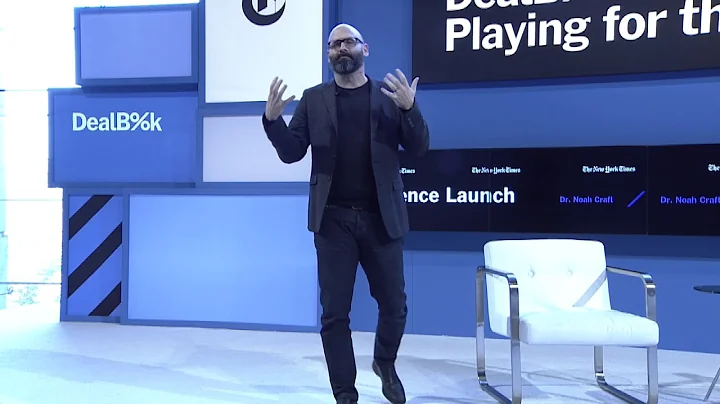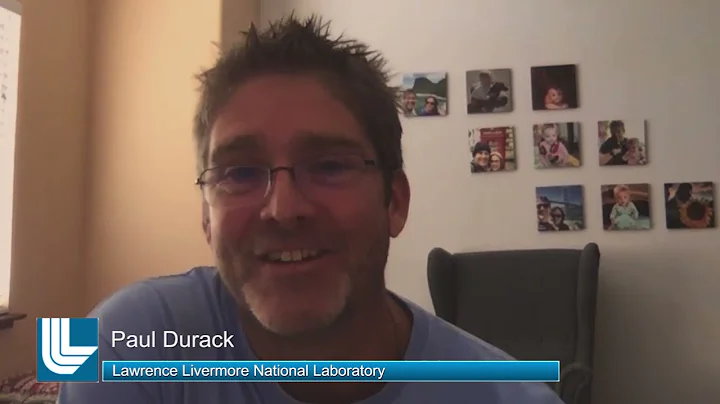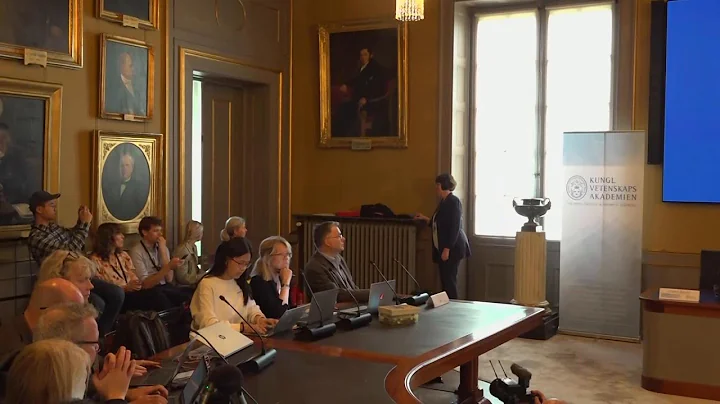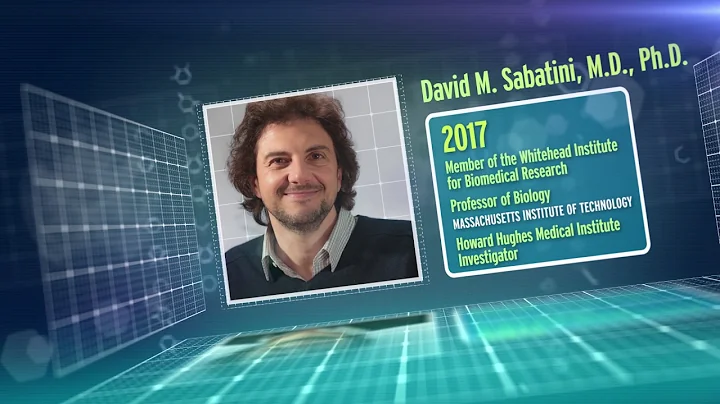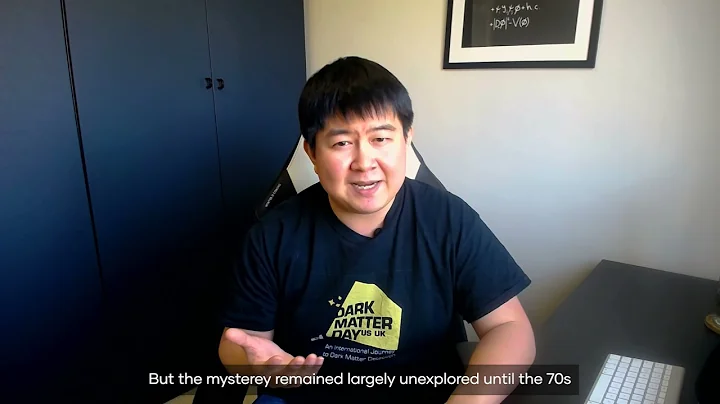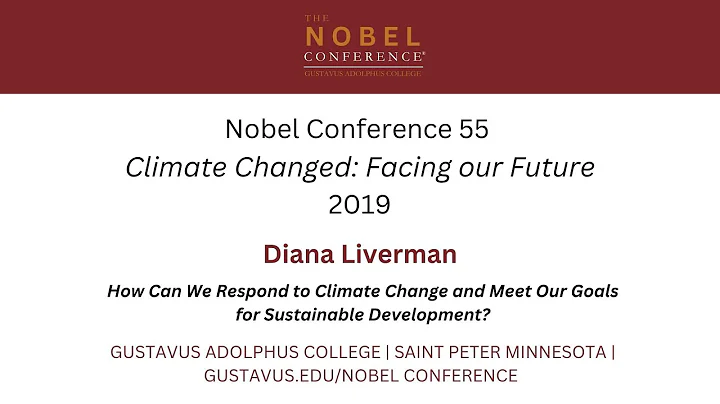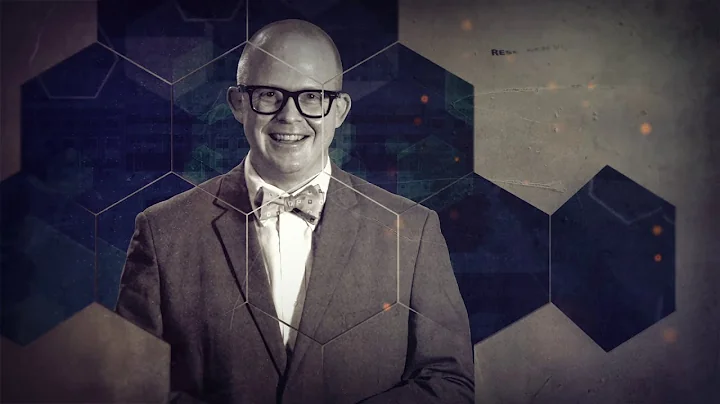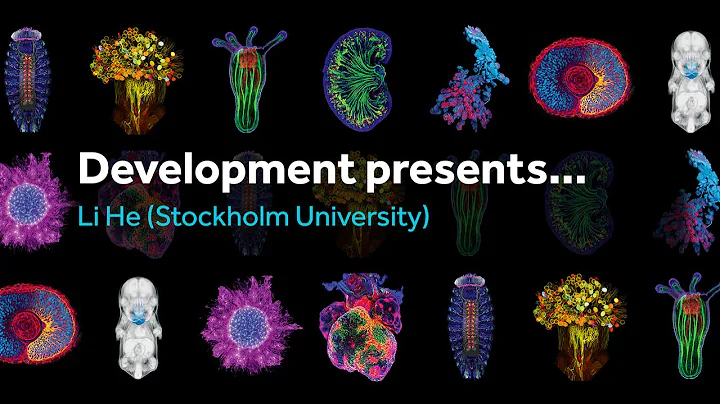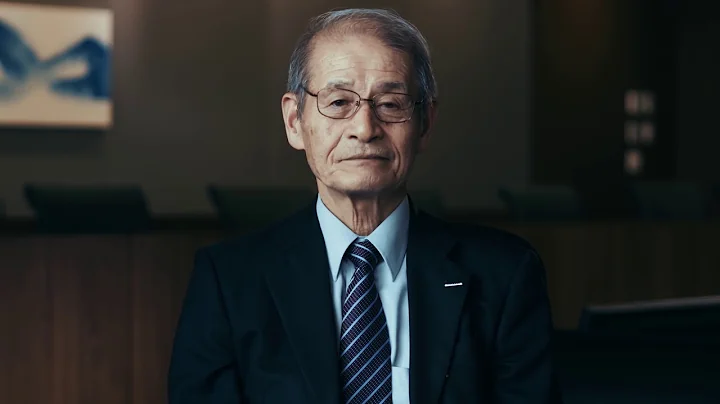Author: Liu Danyi, Bian Lei
At the beginning of October every year, the spotlight of the world gathers in Stockholm, Sweden.
At noon on October 9, local time, the Royal Swedish Academy of Sciences awarded the 2019 Nobel Prize in Chemistry to John B. Goodenough and M. Stanley Whittingham. ) and Yoshino (Akira Yoshino), in recognition of their contributions to the development of lithium batteries.
"They created a rechargeable world." This is how the official website of the Nobel Prize introduces the winners.
In 2019, lithium battery research finally received the Nobel Prize. This lightweight, rechargeable, and powerful battery is now widely used. Lithium batteries can be found everywhere in mobile phones, laptops, and electric vehicles.
The Nobel Prize official website also said that lithium batteries can store energy from solar and wind energy, making a zero-fossil fuel society possible.
[What are the backgrounds of the three winners? 】
John B. Goodenough (John B. Goodenough)
Goodenough is a solid state physicist who was born in Germany in 1922. He is now 97 years old. He made lithium batteries smaller, larger and more stable, and is known as the "Father of Lithium Batteries". Many "fathers of XX" missed the chance to win the prize due to death, but Goodenough was relatively lucky, thanks to an important point - he is the oldest winner in the history of the Nobel Prize.
Currently, Goodenough works at the University of Texas at Austin as a professor of mechanical engineering and materials science. He continues to engage in energy research. He once said: "I want to solve this problem before I die. I am only in my 90s and there is still time."
Akira Yoshino
Akira Yoshino is a modern lithium-ion The inventor of battery was born in Hirata, Japan in 1948. He is currently an honorary researcher at Asahi Kasei Co., Ltd. in Tokyo, Japan, and a professor at Meijo University in Japan. He has received numerous awards, including the Global Energy Award, engineering's highest honor, and the Charles Stark Draper Award.
In 1985, Akira Yoshino invented the first commercially viable lithium-ion battery based on previous research. The result is a lightweight and durable battery that can be recharged hundreds of times before failing. On the 9th, he announced the news of his award at a press conference, saying: "Curiosity is my main motivation."
M · Stanley Whittingham (M. Stanley Whittingham)
Whittingham was born in England in 1941. He is currently a distinguished professor at the State University of New York at Binghamton in the United States, where he serves as the Materials Research Institute and Materials Science and Engineering Major director.
Whittingham's research interests lie in the search for new materials that can advance energy storage to significantly increase the storage capabilities of electrochemical devices. As early as 2015, he won the Nobel Prize-leading ClariVian Citation Laureate in Chemistry for his pioneering research in the field of lithium-ion batteries.
【"Science Comprehensive Award for Not Doing Business"? 】
The founder of the Nobel Prize, Swedish Alfred Nobel, was a chemist who invented nitroglycerin dynamite. According to his will, the Nobel Prize in Chemistry is intended to be awarded to those who have made important discoveries and achieved significant results in chemistry.
Since 1901, the Nobel Prize in Chemistry has been awarded 110 times. Due to the impact of World War II and the principle of "better to lack than to waste", the Chemistry Prize was not awarded for 8 years.

Data map: American female scientist Arnold won the Nobel Prize in Chemistry in 2018.
As of 2018, a total of 180 people have won the Nobel Prize in Chemistry, of which only 5 are women. British biochemist Frederick • Sanger has won this award twice.
It can be seen from the list of previous Nobel Prize winners in Chemistry that the achievements of many winners are not based on traditional chemical research, but involve multiple disciplines such as biology and physics. Therefore, the Nobel Prize in Chemistry is also ridiculed as " Science Comprehensive Award".
In 1908, British physicist Rutherford won the Nobel Prize in Chemistry for his "research on the transformation of elements and radiochemistry".He joked humorously: "This is the best joke in my life!"
[The Nobel Prize results have already changed life]
How far is chemistry from us? Some scientists believe that everything is made of chemical elements. Therefore, although the Nobel Prize in Chemistry looks "high-class", the research results are not "cold".
Every night, colorful neon lights light up the city. Neon lamps emit light by filling a low-pressure inert gas in a glass tube with a cold cathode glow discharge under a high-voltage electric field. In 1904, Ramsey won the Nobel Prize in Chemistry for discovering six noble gases and determining their positions in the periodic table of elements.

Data map: The "Fluorescence Run" was held in Houston, USA, and a "neon ocean" appeared at night.
The heart, the brain, the bones—these can all be seen in detail with MRI, helping doctors make diagnoses that detect tumors. This diagnostic method is based on high-resolution NMR spectroscopy. Ernst won the Chemistry Prize in 1991 for his great contributions to the field.
Scientists have never stopped exploring human life. DNA (deoxyribonucleic acid) constitutes the genetic instructions and is "produced" by tiny factories ribosomes . Each ribosome produces thousands of various substances with different forms and functions. Three scientists won the 2009 Chemistry Prize for discovering the structure of this factory.
Why don't poached eggs stick to the pan when fried? Why is a raincoat waterproof? How does photosynthesis occur? What destroys the ozone layer... The answers to these questions can be found in the research results of the chemistry prize winners. The scientists' discoveries have fundamentally changed people's view of the world.
[Who has won this honor in the past five years? 】
2018: Francis Arnold (US), George Smith (US) and Gregory Wintley (UK) used genetic variation and selection to develop proteins needed by humans.
2017: About Achim Frank ( Swiss ), Richard Henderson (English), Jacques Dubochet (Switzerland) developed cryo-electron microscopy techniques with very high resolution rate determines the structure of biomolecules in solution.
2016: Three scientists, Jean-Pierre Sauvage (France), J. Fraser Stoddart (UK) and Bernard L. Ferlinga (Netherlands), were convicted of "design and Synthetic Molecular Machines”.
2015: Thomas Lindahl ( Sweden ), Paul Modric (US), Aziz Sanjar (Turkey, US), for "Research on the Cellular Mechanism of DNA Repair" Award winning.
2014: Eric Betzig (USA), William Mona (USA), Stefan Hare (Germany), contributed to the development of super-resolution fluorescence microscopy.
statement: This article is reprinted for the purpose of conveying more information. If there is an error in the source annotation or infringement of your legitimate rights and interests, please contact the author with proof of ownership and we will promptly correct and delete it. Thank you.
